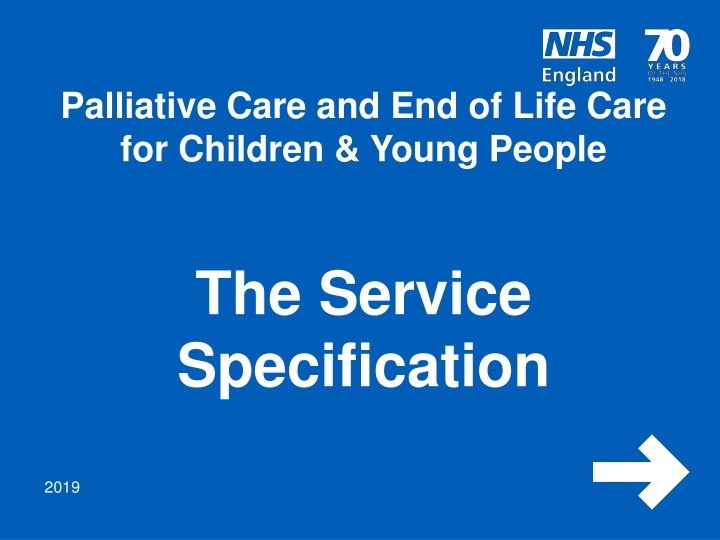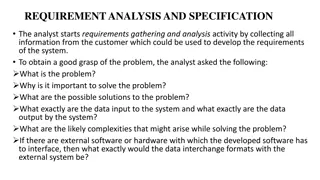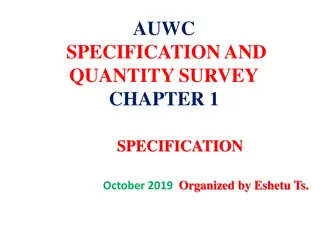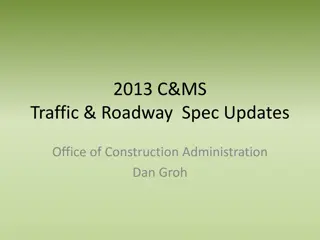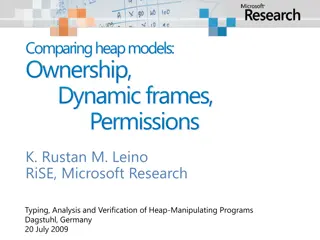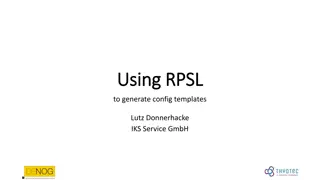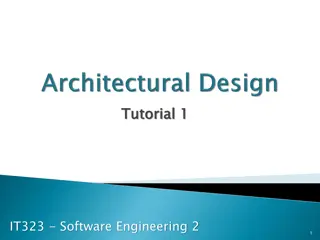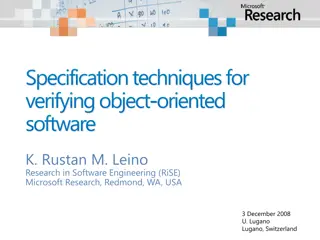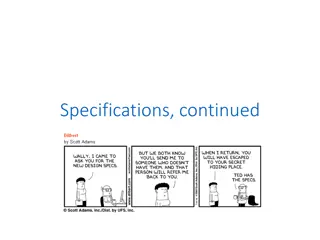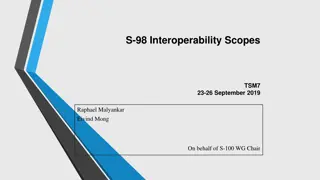The Service Specification
This service specification outlines the provision of palliative care and end-of-life care for children and young people, focusing on important considerations and guidelines. The document provides detailed information on the scope, standards, and delivery requirements to ensure high-quality care and support for this vulnerable population.
Download Presentation

Please find below an Image/Link to download the presentation.
The content on the website is provided AS IS for your information and personal use only. It may not be sold, licensed, or shared on other websites without obtaining consent from the author.If you encounter any issues during the download, it is possible that the publisher has removed the file from their server.
You are allowed to download the files provided on this website for personal or commercial use, subject to the condition that they are used lawfully. All files are the property of their respective owners.
The content on the website is provided AS IS for your information and personal use only. It may not be sold, licensed, or shared on other websites without obtaining consent from the author.
E N D
Presentation Transcript
Palliative Care and End of Life Care for Children & Young People The Service Specification 2019 www.england.nhs.uk
Objectives of the Specification Provide a helpful service framework for national implementation Share consistent and clear definitions Specify that good care is without boundaries - it s system-wide Ensure care is person-centred Specify minimum standards e.g.24 hour specialist consultant rotas www.england.nhs.uk 2
What the Specification is NOT for We recognise local areas will have different systems in place and standardisation is not always positive for places the specification does not aim to be too descriptive but provide a framework of good practice with some minimum standards This specification may overlap with specialised commissioning but the specialised specification needs to be read in conjunction with this one This specification is not to be used in isolation by CCGs the implementation should be co-produced by area networks The specification is not yet final the testing phase will inform any appropriate changes and may result in further minimum standards The specification does not intend to cover in detail hospice care, short breaks, transition or how networks should work together. It is acknowledged that further documents may be required to support areas with specifying consistent good practice www.england.nhs.uk 3
Introduction and Outcomes The introduction sets out the confirmed prevalence figures at the time of writing this will need to e updated as more recent reports are published Definitions for key terms in the specification are included. These were agreed by this group though we acknowledge some are still contentious, such as age, due to local systems Outcomes are provided at a high level. These are not in a measurable form as this should be for local agreement www.england.nhs.uk 4
Tiers of Care Universal Health Visitors and Healthy Child Programme School Nursing and Education Housing and Social Care General Primary Care for carers and family Community services such as playgroups and recreation Public Health www.england.nhs.uk 5
Tiers of Care Core Community Paediatric Palliative Nursing Teams (Community of Outreach) Community Paediatricians Hospitals Named GP (who shares information with MDT) Therapy, Psychology, Bereavement Support Respite and wellbeing services Other general health services Children s Hospices and charities SENCOs Link Workers or Care Navigators as part of Social Prescribing Spiritual Advisors www.england.nhs.uk 6
Tiers of Care Specialist Specialist MDT made up of: Specialist Paediatric Palliative Care Consultants (24 Hour advice and support) Specialist Palliative Care Nursing Team (24 Hour advice and support) Specialist Allied Health Professionals Specialist support for wellbeing, spiritual and bereavement needs www.england.nhs.uk
Other Key Services The specification is not intended to set out in great detail the following services but as they have a large contribution to a successful system they are briefly outlined in the specification Hospice services Short Breaks and Respite Voluntary & Community Sector Enterprises www.england.nhs.uk 8
Key Care Components The following areas are considered to be key to a successful model. Local implementation will require further agreement on detail: Personalised Care and Support Plan (can be the Advance Care Plan) Personal Health Budgets Assessing and Managing Family Needs Transition Communication Information and Data Sharing Managing Contentious Cases www.england.nhs.uk 9
Other Information in the Specification Guide to acceptance criteria not fixed, for local agreement No quality requirements but areas are strongly encouraged to agree Patient Reported Outcome Measures as a minimum. Other quality measures may be recommended following testing Appendix 1: I Can Statements underpin specification Appendix 2: Commissioning responsibilities in brief for CCG, Specialised Commissioning and Local Authority www.england.nhs.uk 10
Next Steps Improve intelligence to commission effectively Create opportunities to sense check and plan Improve the pathway and financial flows Understand how a network approach could benefit the child and young person www.england.nhs.uk 11
